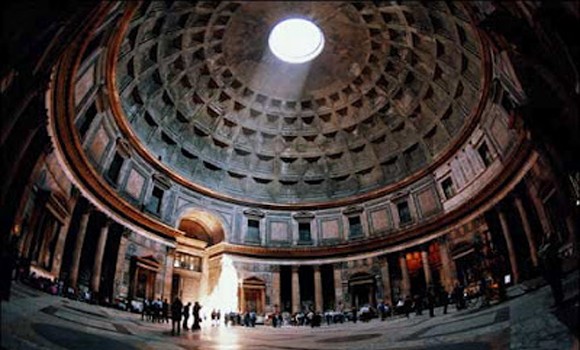To: SunkenCiv
Probably in much the same way that a signifigant portion of the colosseum now resides in Rome’s many churches.
CC
12 posted on
01/24/2022 3:59:15 AM PST by
Celtic Conservative
(My cats are more amusing than 200 channels worth of TV.)
To: Celtic Conservative
The masonry from the Circus Maximus (which started out with wood risers/bleachers for the crowds, replaced after the 1st c AD great fire) probably got carted off for construction. That was a problem even during the imperial period, a continual series of prohibitions on using public buildings as quarries was issued. The coliseum was rebuilt at least once after a quake I think.
The short answer is: earthquakes and popes, in that order.
For much more on the life and death of the Colosseum - and many other fascinating facts about the classical world - check out my book “Naked Statues, Fat Gladiators, and War Elephants: Frequently Asked Questions about the Ancient Greeks and Romans.” What happened to the missing half of the Colosseum? | February 6, 2021 | toldinstone

We owe the Roman poet Martial a debt of gratitude for recording so vividly the gladiatorial battle that took place on the opening day of the Colosseum. It was a battle for the ages - with an unexpected outcome. From the Series: Eight Days That Made Rome.The Story Behind the Colosseum's Greatest Battle | February 8, 2019 | Smithsonian Channel


The Pantheon in Rome was converted to a church, and was in its day and remains to this day the largest unreinforced concrete dome in the world. Other than missing statuary, it wouldn't have been profitable to demolish it, not really any bldg materials that could be recycled.

26 posted on
01/24/2022 11:51:02 AM PST by
SunkenCiv
(Imagine an imaginary menagerie manager imagining managing an imaginary menagerie.)
FreeRepublic.com is powered by software copyright 2000-2008 John Robinson



